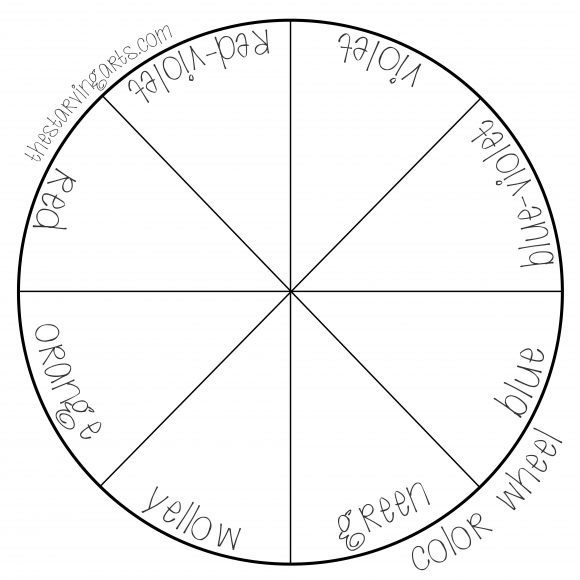The obvious way to improve your skills as an artist is practice.
But sometimes that’s not enough.
Or maybe you’d like to achieve your personal, artistic, goals a little faster.
In this post I’ll explain how to do this with an easy tactic one of my own art instructors taught me: speed drawing exercises.
The concept is simple. You use an object or a person, or a part of a person (i.e. their face, an ear, a hand, etc.) and draw it as fast and as detailed as you can. I’d recommend using a timer for this.
 The easy part is you can set the time to be as short or as long as you want. If you’re a beginner, I’d recommend something between 30 to 45 minutes. For everyone else, try no more than 15 minutes. Of course you’re not limited to any of those times, regardless of skill level (and the object you’re drawing may be difficult), but the point is you push yourself. However, there are a few things to keep in mind:
The easy part is you can set the time to be as short or as long as you want. If you’re a beginner, I’d recommend something between 30 to 45 minutes. For everyone else, try no more than 15 minutes. Of course you’re not limited to any of those times, regardless of skill level (and the object you’re drawing may be difficult), but the point is you push yourself. However, there are a few things to keep in mind:
Firstly, don’t push yourself to the point you feel overwhelmed. You’re only trying to improve your skills, it’s not a contest. So pace yourself, but not too much (otherwise it wouldn’t be called ‘speed drawing’).
The second thing to remember is it doesn’t matter the outcome. Your first attempt will probably look kind of messy or unfinished and that’s ok! It will eventually get easier and the faster and the better you’ll be able to draw! I know first hand.
To be honest, I hated these exercises at first myself. But it’s probably one of the many things that I learned that really improved my skills as an artist. Even though I was pretty advanced at the time, my sketching time was practically cut in half by the time the course was over. So it may be annoying at first, but it will really pay off in the long run.
I’d suggest doing one once a day. It doesn’t have to be long or complicated, it’s ok to start small. But don’t get so rushed that you halfheartedly slop through it and you end up never improving. If you find yourself doing this, stop. It’s better to not practice at all in this way than to practice bad habits. You’ll just end up hating yourself and hating your art.
However, if you’re serious about really improving your skills, I highly recommend it.
Remember to pay attention to detail and to really observe what you see–given the small amount of time you have. Push your limits and you’ll be surprised at how well you’ll do! You can only get better.
Let me know what you think in the comments or shoot me an email. Don’t forget to keep up with your art challenge!









































